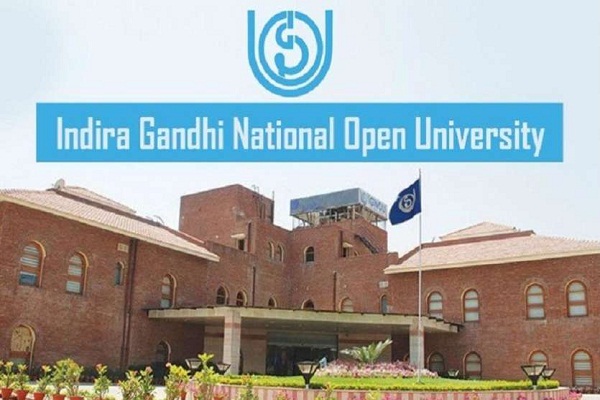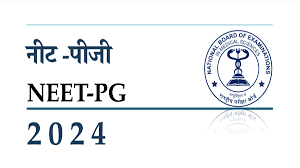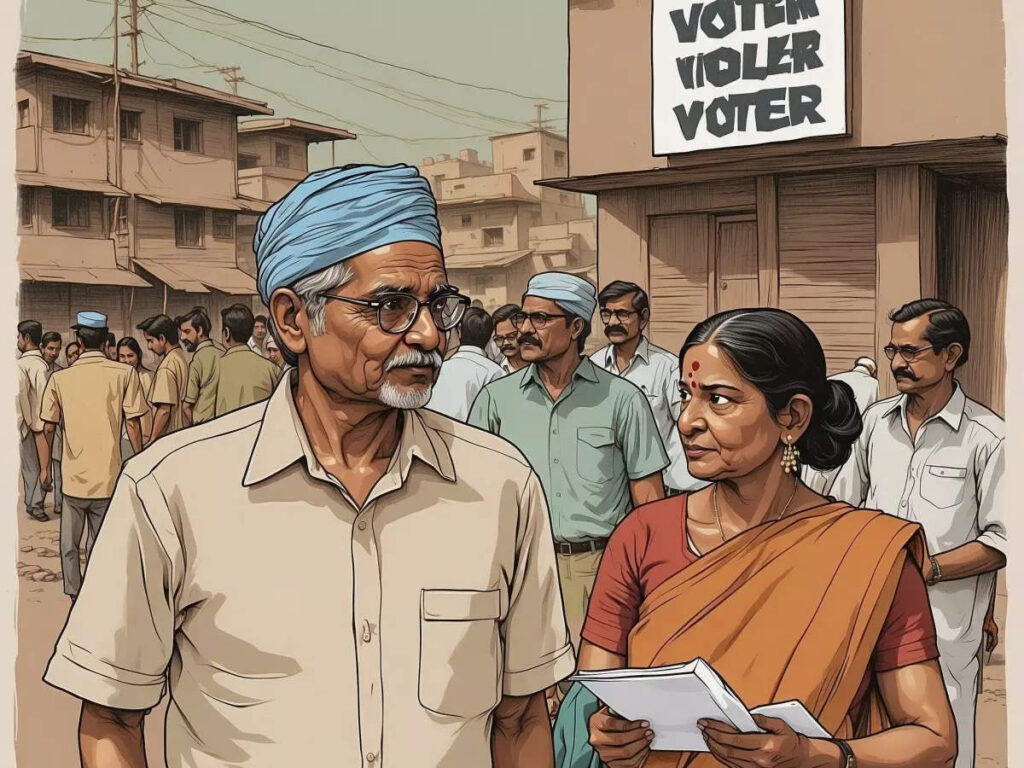On January 20, 2017, Donald John Trump took the oath of office as the 45th President of the United States. The moment marked the beginning of one of the most unconventional presidencies in modern American history. Trump’s rise to power defied the traditional political norms, transforming the landscape of U.S. politics and reshaping both the Republican Party and the nation’s global standing. His swearing-in was not just a ceremonial moment but a statement of an era that would redefine political discourse, media interactions, and America’s role on the world stage.
This article examines the context of Donald Trump’s inauguration, the significance of his oath-taking, the political environment surrounding his presidency, and the immediate consequences of his administration’s first steps.
1. Background: The 2016 Election and Trump’s Rise to Power
The 2016 U.S. presidential election was one of the most polarizing and contentious elections in modern history. Donald Trump, a billionaire businessman and reality television star, defied expectations by winning the Republican nomination and then defeating former Secretary of State Hillary Clinton in the general election. Trump’s campaign was characterized by its populist appeal, often provocative rhetoric, and an outsider’s critique of the political establishment. He promised to “Make America Great Again,” focusing on issues like immigration, trade, and national security.
Trump’s path to victory was not smooth. Throughout the election, many pundits and political analysts predicted that his unorthodox style, controversial statements, and lack of political experience would be his undoing. However, his appeal to a disaffected working-class base, along with a highly effective social media strategy, gave him a unique advantage. Despite losing the popular vote by nearly three million votes, Trump secured the presidency by winning key swing states in the Electoral College.
Trump’s victory was, in many ways, a referendum on the perceived failures of the political establishment. His promise to “drain the swamp” in Washington resonated with many voters who felt left behind by globalization, trade deals, and the perceived incompetence of both major political parties. His election marked a repudiation of the political elite and the beginning of a new era of populist politics in the United States and around the world.
2. The Oath of Office: A Constitutional Tradition
The act of taking the presidential oath of office is one of the most important and solemn moments in the United States’ political tradition. The text of the oath is outlined in Article II, Section 1, Clause 8 of the U.S. Constitution, which states:
“I do solemnly swear (or affirm) that I will faithfully execute the Office of President of the United States, and will to the best of my Ability, preserve, protect and defend the Constitution of the United States.”
This brief, yet weighty, declaration symbolizes the peaceful transfer of power that has been a hallmark of American democracy since its founding. The peaceful transfer of power is a core tenet of the U.S. political system, which distinguishes it from many other nations where such transitions have historically been marked by violence, coups, or civil strife.
For Donald Trump, taking the oath of office was not only a ceremonial formality but a moment that underscored the deep divisions within the country. His inauguration was met with both jubilation and protest, a reflection of the highly polarized state of the nation following a bitter election. Trump’s presence on the steps of the U.S. Capitol, flanked by outgoing President Barack Obama and other dignitaries, signaled the official end of Obama’s presidency and the start of Trump’s tenure.
3. The Tone of Trump’s Inaugural Address
In keeping with his campaign rhetoric, Donald Trump’s inaugural address was blunt, populist, and focused on themes of economic nationalism and American sovereignty. Delivered to an audience of millions in Washington, D.C., and to millions more watching on television, the speech was not the usual call for national unity and bipartisan cooperation that often marks presidential inaugurations. Instead, Trump used the occasion to deliver a sharp critique of the existing political order and outline his vision for his presidency.
Some key themes in Trump’s inaugural address included:
- Populism and Nationalism: Trump promised to return power to the American people, saying, “The forgotten men and women of our country will be forgotten no longer.” He presented his presidency as a victory for ordinary Americans who felt excluded from the political process.
- American Exceptionalism: Trump emphasized the importance of putting America first in all dealings, both domestic and international. He spoke of reducing American involvement in international conflicts and focusing on rebuilding the country’s infrastructure and economy.
- Criticism of the Political Establishment: Trump’s speech was heavy on criticism of Washington, D.C., which he portrayed as corrupt and self-serving. He vowed to “drain the swamp” of corruption and work for the American people, not for the political elites.
- America First Foreign Policy: Trump’s rhetoric on foreign policy was starkly different from that of previous presidents. He pledged to protect U.S. interests above all else, challenging traditional alliances and international agreements. “From this day forward, a new vision will govern our land,” he declared.
Trump’s address, while stirring to his supporters, was also met with skepticism from critics. His combative tone, rejection of the globalist consensus, and emphasis on nationalism struck many as divisive. The speech set the tone for a presidency that would be marked by deep political division, both domestically and internationally.
4. The Political Climate: A Nation Divided
Donald Trump’s inauguration took place amid a deeply divided political climate. The 2016 election had revealed stark ideological divides in the United States, with urban areas and coastal regions supporting Clinton, while rural and industrial regions rallied behind Trump. The election results highlighted the growing divide between so-called “red” and “blue” America, with rural, working-class voters aligning with Trump’s populist message, while urban centers remained more liberal and cosmopolitan.
These divisions were only deepened by the inauguration itself. Many Americans, particularly in liberal-leaning cities, felt disenfranchised by Trump’s victory and took to the streets in protest. The day after the inauguration, the Women’s March on Washington attracted hundreds of thousands of people, signaling the start of a sustained movement of opposition to Trump’s policies.
The divisions were further exacerbated by Trump’s rhetoric during the campaign and in his inaugural address. His comments on immigration, trade, and race relations alienated many Americans and sparked a national debate on the future direction of the country.
Internationally, Trump’s rise to power was met with uncertainty and concern. His “America First” approach signaled a shift away from the multilateralism and international cooperation that had defined U.S. foreign policy for decades. Leaders around the world watched with trepidation as Trump’s inauguration marked the beginning of a presidency that would challenge existing norms and alliances.
5. First Steps and Immediate Challenges
As soon as Trump took office, his administration faced significant challenges. The very nature of his presidency—from his populist agenda to his confrontational style—meant that the first days of his administration were marked by immediate political battles and controversies.
- Executive Orders and Policy Changes: Trump wasted no time in issuing a series of executive orders aimed at fulfilling his campaign promises. One of his first actions was to sign an order withdrawing the United States from the Trans-Pacific Partnership (TPP), a trade agreement that had been championed by the Obama administration. Trump also issued an order to begin construction of a wall along the U.S.-Mexico border, one of his signature campaign promises.
- Immigration Ban: Perhaps the most controversial executive order early in his presidency was the so-called “Muslim Ban,” which temporarily banned travelers from seven predominantly Muslim countries from entering the U.S. The move sparked outrage both domestically and internationally and led to numerous legal challenges.
- Cabinet Nominations: Trump’s cabinet selections were also a source of controversy. Many of his nominees were wealthy individuals with little to no experience in public service, and some faced criticism for conflicts of interest. The confirmation hearings for his cabinet selections highlighted the stark partisan divides in the Senate.
- Media Relations and Public Perception: From the moment Trump took office, his relationship with the media was contentious. His administration engaged in a war of words with news outlets, particularly over the size of his inauguration crowd. Trump’s disdain for the mainstream media, which he regularly referred to as “fake news,” set the stage for a presidency marked by constant conflict between the White House and the press.
6. The Legacy of Trump’s Oath of Office
Donald Trump’s oath-taking in January 2017 marked the beginning of a presidency that would be defined by its unconventional style, bold policy shifts, and intense polarization. His tenure would see significant changes to U.S. domestic and foreign policy, as well as a political climate that was more fractured than ever before.
Trump’s presidency was transformative, both in terms of policy and in its effect on the nation’s political discourse. His rhetoric, actions, and disregard for established norms challenged traditional notions of what it means to be president. The divisiveness that marked his campaign continued throughout his time in office, culminating in a presidency that left the country deeply divided.
As the United States moves forward, the legacy of Trump’s oath of office and his subsequent actions will continue to be a subject of debate and reflection. His presidency may have been unconventional, but it undeniably reshaped American politics and governance in ways that will be felt for years to come. Whether one views his time in office as a necessary correction or a moment of disruption, it is clear that Trump’s inauguration was a moment of historic significance—one that altered the course of American history.









